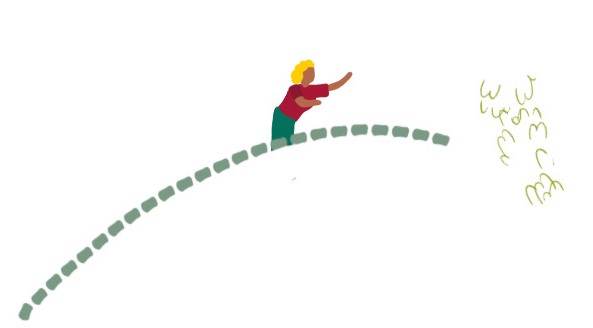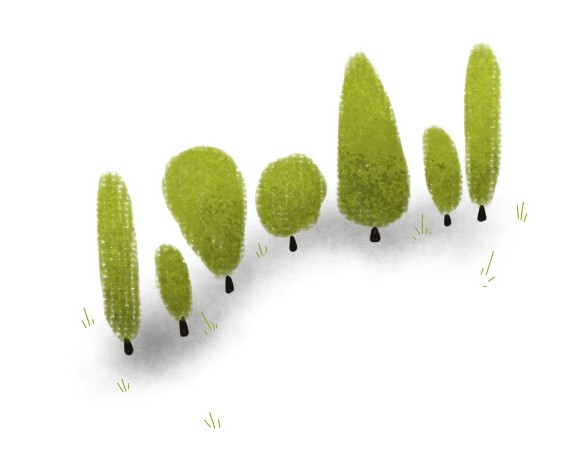
 Look up at Pendle Hill, from any angle, and one of the features that stands out most is the walls. Snaking around or running straight up the hill, the dry-stone walls create shapes and texture; a framework on the blank canvas. Who built them? When? Why? And how?
Look up at Pendle Hill, from any angle, and one of the features that stands out most is the walls. Snaking around or running straight up the hill, the dry-stone walls create shapes and texture; a framework on the blank canvas. Who built them? When? Why? And how?

 The truth is we don't know who, it was probably the individual farmers in Medieval times: clearing stone from the first fields and creating boundaries. Later, in the 18th and 19th century the long straight walls, created as a result of land being parcelled up by parliamentary Enclosure Acts, were often built by travelling gangs of men using rock quarried and cut to shape locally.
The truth is we don't know who, it was probably the individual farmers in Medieval times: clearing stone from the first fields and creating boundaries. Later, in the 18th and 19th century the long straight walls, created as a result of land being parcelled up by parliamentary Enclosure Acts, were often built by travelling gangs of men using rock quarried and cut to shape locally.
However, we do know how to build these traditional walls, and we still teach the craft today. Thanks to the skills of the Dry Stone Walling Association we have trained over 170 people. Surprisingly the craft is based on physics: stones are not just stacked up one atop the other.
Rather they are placed carefully to touch each stone beside and beneath, exerting forces downwards to create a wall that is strong and straight, with no mortar required, and fit to last a hundred years.

 You'll notice hedgerows too, winding alongside you as you travel the lanes and tracks between villages and farms, and dividing the fields in between. Covered in white blossom in the spring, and a myriad of berries – elder, rose, hawthorn and sloe - in the autumn. Planted over the years to replace older hedges, these living boundaries need care and attention too. Laying them by hand, using billhook and axe, is another craft that we teach. Paradoxically, cutting and laying the stems keeps the hedge stems alive and stockproof: good for wildlife and for the climate too.
You'll notice hedgerows too, winding alongside you as you travel the lanes and tracks between villages and farms, and dividing the fields in between. Covered in white blossom in the spring, and a myriad of berries – elder, rose, hawthorn and sloe - in the autumn. Planted over the years to replace older hedges, these living boundaries need care and attention too. Laying them by hand, using billhook and axe, is another craft that we teach. Paradoxically, cutting and laying the stems keeps the hedge stems alive and stockproof: good for wildlife and for the climate too.
